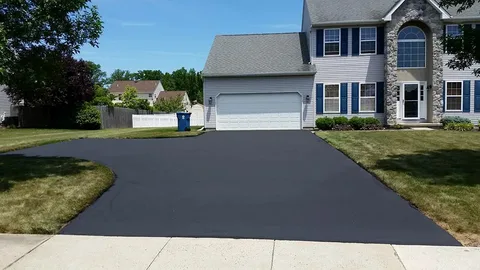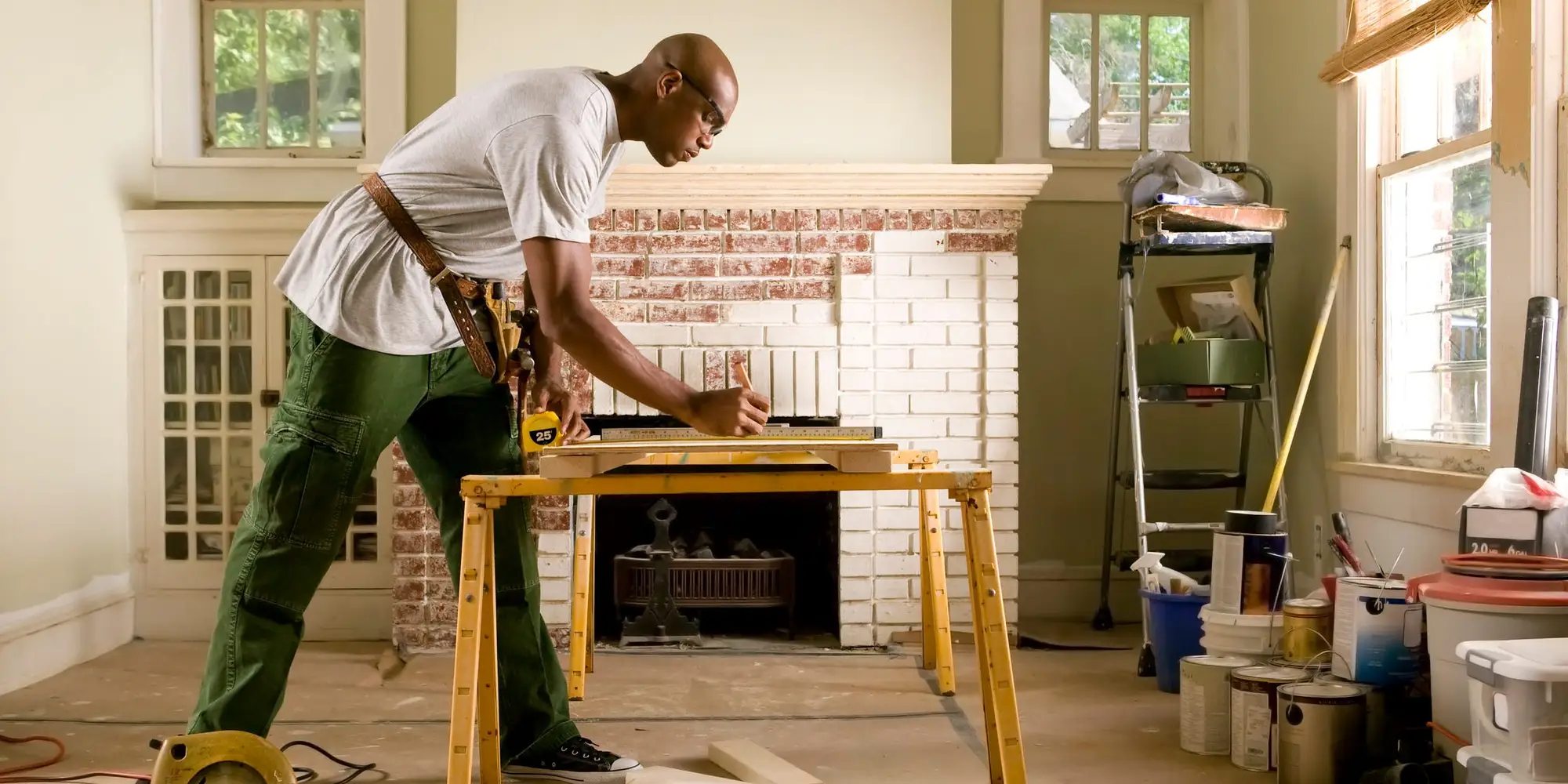Maintaining a smooth, safe surface on your driveway or parking lot isn’t just about curb appeal—it’s also about safety, longevity, and protecting your investment. Over time, even the best surfaces begin to show wear and tear. Knowing when it’s time to resurface can save you from more costly repairs down the road. That’s where asphalt paving comes in, providing the strength and durability needed to keep your property looking sharp and functioning well.
Why Resurfacing Matters
Resurfacing extends the life of your pavement by creating a new protective layer on top of the existing surface. It’s often a cost-effective option compared to a complete replacement, especially if the foundation beneath the pavement is still solid. By paying attention to early warning signs, you can address issues before they worsen.
Cracks That Keep Coming Back
Small cracks are common, but if you notice they keep reappearing after being filled, it’s a sign the surface is weakening. Recurrent cracks may point to structural issues that resurfacing can correct. Ignoring them only allows water to seep in, freeze, and expand, causing further damage.
Potholes and Uneven Areas
Few things are more frustrating than hitting a pothole in a parking lot or tripping on uneven pavement. Potholes indicate that the top layer has deteriorated and that the binder holding the asphalt together is failing. Resurfacing provides a fresh, smooth surface that eliminates these hazards and restores usability.
Fading and Discoloration
When asphalt begins to lose its rich, dark color, it’s usually a sign of sun damage and oxidation. Faded pavement is more than a cosmetic issue—it indicates the asphalt has become brittle and more vulnerable to cracking. A resurfacing project not only restores the appearance but also strengthens the pavement against future wear.
Drainage Problems
If you notice standing water after a rainstorm, your driveway or lot may no longer be draining properly. Poor drainage accelerates deterioration by allowing water to seep beneath the surface. Resurfacing can correct slight grading issues and ensure water flows away from the pavement, preventing costly foundation damage.
Frequent Repairs
Are you constantly patching cracks or filling potholes? While small fixes may help temporarily, frequent repairs signal that the pavement has reached the end of its surface life. At that point, resurfacing is a smarter investment than continuing with patchwork solutions.
Rough Texture and Loose Gravel
When asphalt breaks down, the once-smooth surface becomes rough and may even shed loose gravel. This makes the area less safe for vehicles and pedestrians. Resurfacing restores a smooth texture, improving traction and overall safety.
When Replacement Is the Better Option
While resurfacing can add many years of life to your pavement, there are situations where replacement is the wiser choice. If the base layer beneath the asphalt has shifted or eroded, no amount of resurfacing will solve the underlying issue. Signs of a compromised foundation include large “alligator” cracks that spread across wide areas, depressions that cause pooling water, or spots where the pavement feels soft underfoot. In these cases, resurfacing is only a temporary fix, and the same problems will quickly reappear. A complete replacement removes the damaged material down to the foundation, allowing professionals to rebuild the surface properly so it can endure heavy traffic, weather, and time. Though it requires a larger upfront investment, full replacement can actually save money in the long run by reducing the need for repeated repairs.
The Benefits of Acting Early
One of the biggest mistakes property owners make is waiting too long to address visible damage. Small cracks or faded spots may not seem urgent, but they can spread rapidly when left untreated. Early action not only prevents further deterioration but also helps maintain the value of your property. A well-kept driveway or parking lot leaves a strong impression on visitors, customers, and potential buyers. Beyond aesthetics, resurfacing early also reduces liability. Uneven pavement or potholes can create trip hazards, and if someone is injured, you could be held responsible. Addressing these issues promptly keeps your property safer and can prevent costly legal problems. Plus, acting early allows you to schedule work at a convenient time, rather than scrambling for emergency repairs during the busy season.
Making the Right Choice
Deciding between resurfacing and replacement doesn’t have to be overwhelming. The key is working with experienced professionals who can evaluate the condition of your pavement and provide honest recommendations. Reliable contractors will conduct a thorough inspection, checking both the surface and the base layers, before advising you on the best solution. They can also discuss budget-friendly options and outline the pros and cons of each approach. Choosing a trusted company for asphalt paving ensures that the job will be done with high-quality materials, proper equipment, and skilled craftsmanship. Beyond the technical aspects, the right contractor will also help you plan for future maintenance, such as sealcoating and routine inspections, so your investment continues to perform for years to come. By making an informed choice today, you set yourself up for smoother surfaces, fewer headaches, and greater peace of mind.
Key Takeaways
- Repeated cracks, potholes, and fading are clear signs it’s time to resurface.
- Drainage problems and uneven areas can cause long-term damage if ignored.
- Frequent small repairs are a signal that resurfacing is the more economical choice.
- Professional evaluation ensures you make the best decision between resurfacing and replacement.
Resurfacing your driveway or parking lot is about more than appearances—it’s about safety, durability, and cost-effectiveness. If your pavement is showing the signs we’ve covered, now may be the perfect time to consider a resurfacing project.



